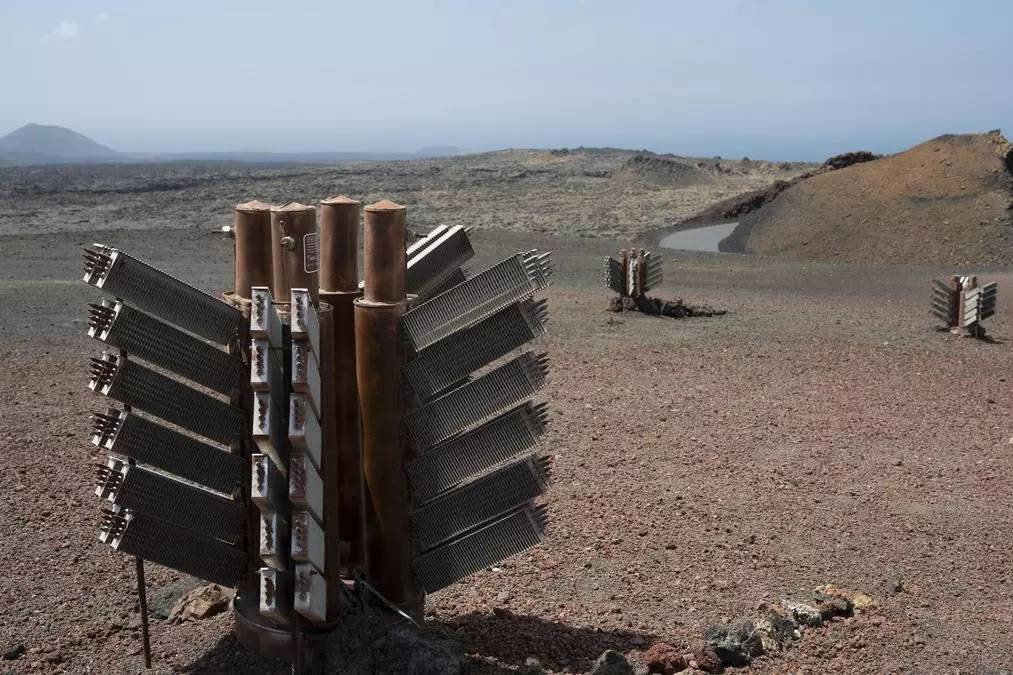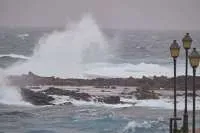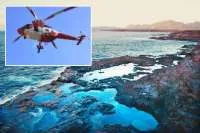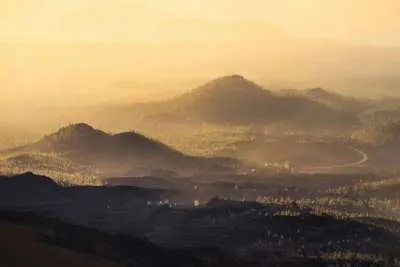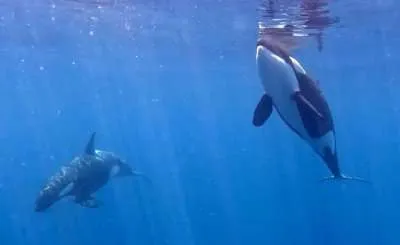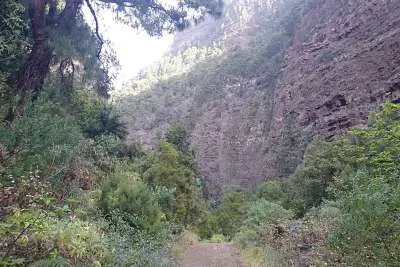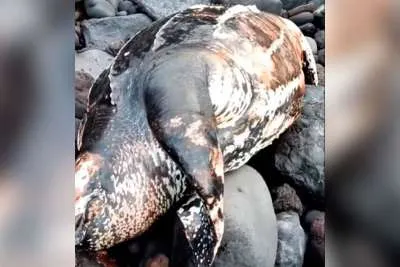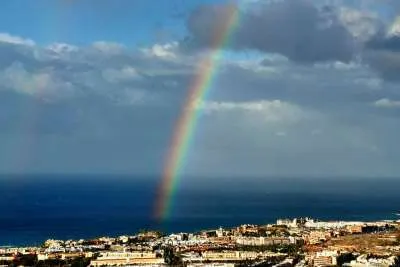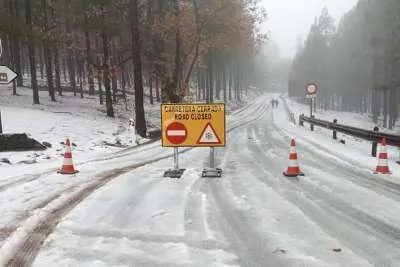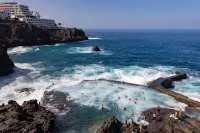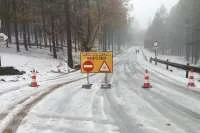Groundbreaking technology turns volcano’s heat into electricity in Lanzarote
- 31-03-2025
- Lanzarote
- Canarian Weekly
- Photo Credit: CA
The Timanfaya National Park in Lanzarote has become a pioneer in geothermal innovation, successfully transforming volcanic heat into electricity using a new, environmentally friendly technology developed in Spain.
For nearly two years, three low-impact thermoelectric generators have been operating in the park, offering a glimpse into a previously unexplored method of clean energy generation.
These compact devices, standing only 60 centimetres tall, are the result of a research project led by Professor David Astrain from the Public University of Navarre (UPNA). The generators were designed to function without moving parts, making them similar to photovoltaic (solar) panels in terms of low maintenance requirements. Importantly, they do not rely on the presence of underground water, which traditional geothermal systems typically require.
Speaking at the Mancha Blanca Visitor and Interpretation Centre as part of the celebrations for the park’s 50th anniversary, Astrain detailed the origins of the project. Initial studies revealed the absence of high-temperature underground water in Timanfaya, rendering conventional geothermal turbines unusable. Instead, researchers focused on the hot air rising through the volcanic terrain, leading to the development of unique heat exchangers capable of converting that heat into electricity.
With support from Spain’s State Research Agency, two prototypes were installed in 2021, one near the camel trail and another at the Islote de Hilario. Since then, they have operated flawlessly. In May 2023, three additional generators were installed, producing enough electricity to power the equivalent of seven to eight homes.
“The technology is approaching small-scale industrial readiness,” Astrain confirmed. Full energy self-sufficiency for the park is technically achievable, though limited by visual impact concerns. Further installations could be positioned in discreet locations, such as behind the El Diablo restaurant, to preserve the landscape’s aesthetics.
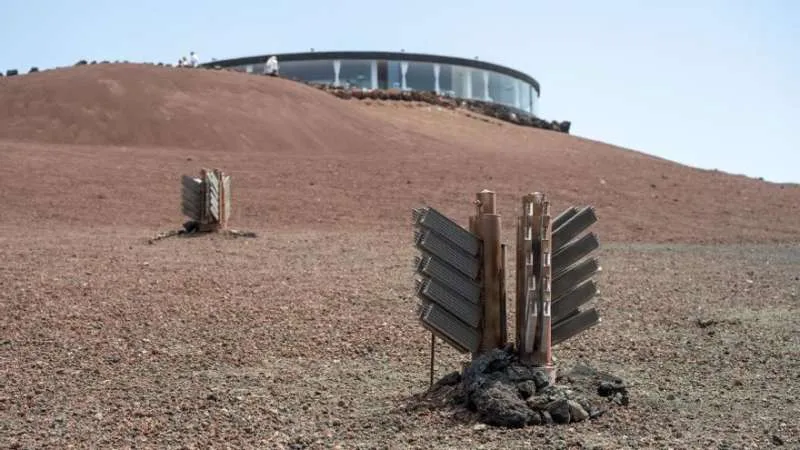
Park director Pascual Gil has expressed strong interest in expanding the system, which could mark a big step forward in sustainable energy for protected natural areas.
Beyond Timanfaya, Astrain believes there is wider potential across Lanzarote and other islands. Some geologists suggest similar geothermal anomalies exist near populated areas, making this technology a viable, cost-effective alternative to fossil fuels, even cheaper in the long run, as the system and technology grows.
Timanfaya’s innovation has already attracted global attention. The same technology is set to be deployed in New Zealand and Antarctica, marking a leap in international visibility for this Spanish-developed solution.
Regarding historical speculation of an underground aquifer beneath Timanfaya, Astrain referred to studies conducted in 1977 by the cabildo, which found no suitable water sources. Even if water were present, it may not be hot or deep enough for conventional use. For now, the scientific consensus is clear: the true geothermal opportunity in Timanfaya lies in the hot air rising through its volcanic terrain.
Meanwhile, the Canary Islands Volcanology Institute (INVOLCAN) has announced plans to investigate the geothermal potential of Gran Canaria, signalling further exploration into sustainable volcanic energy across the archipelago.
Other articles that may interest you...
Trending
Most Read Articles

Featured Videos
A Vision of Elvis Tenerife Promo
- 10-05-2025
TEAs 2025 Highlights
- 17-11-2025


